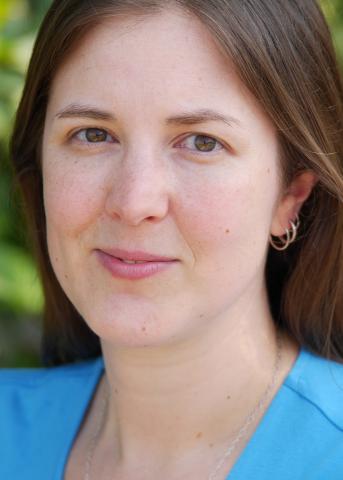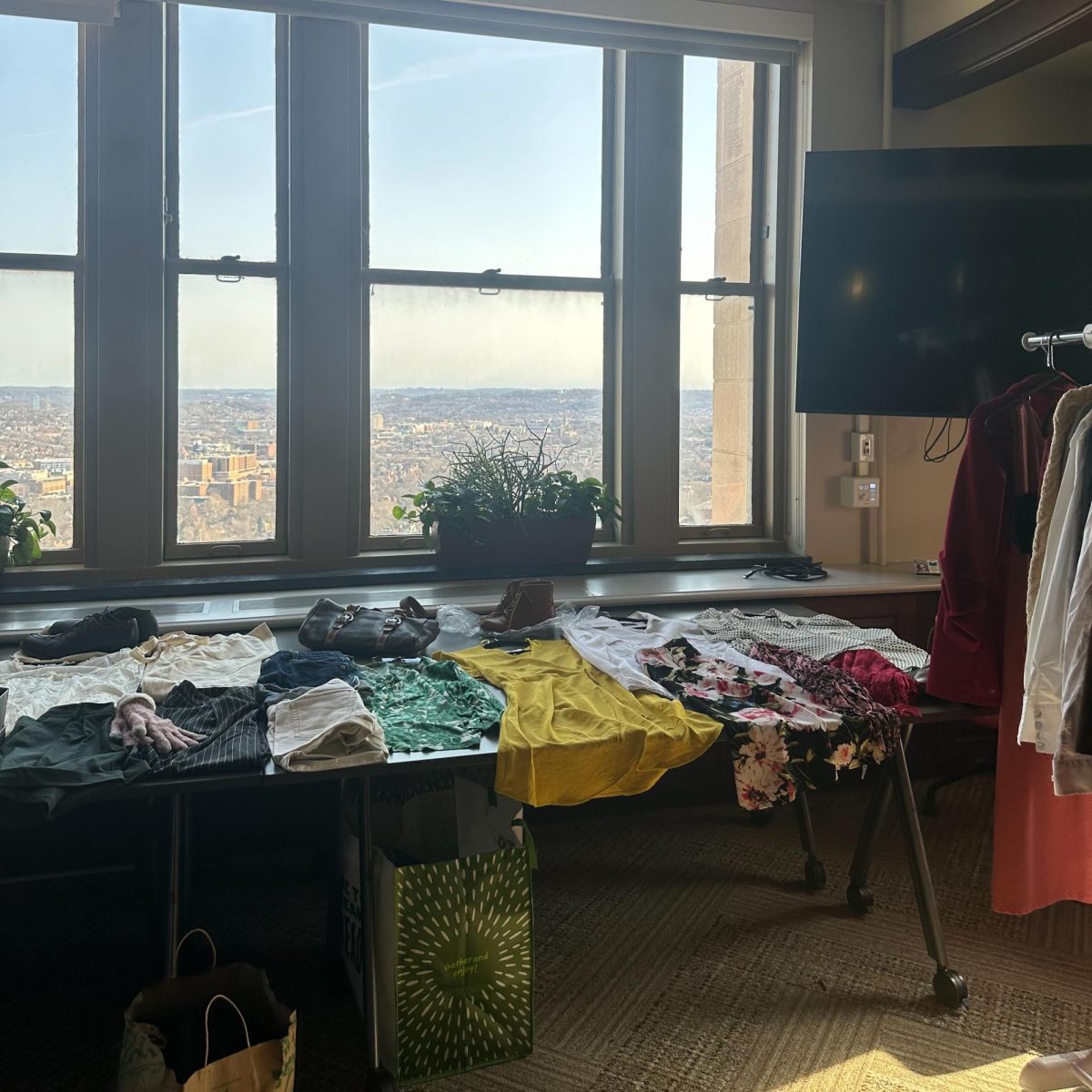Q&A: Aurora Sharrard talks on sustainability

Dr. Aurora Sharrard serves as director of Pitt’s Office of Sustainability. (Image via National Institute of Health)
September 7, 2018
Pitt is going green — slowly but surely. The University’s plan to decrease greenhouse gas emissions and increase the use of renewable energy is a long one, spanning to 2030, but it’s one that students help propel forward every time they recycle a can or compost their food waste.
Dr. Aurora Sharrard, the director of sustainability at Pitt, plays a key role in the development of this plan — The Pitt News sat down with her to discuss the specifics of its progress.
The Pitt News: Who are you and how did you get involved with Pitt sustainability?
Aurora Sharrard: So I’m a civil engineer by training. I came to Pittsburgh in 2003 and got my master’s and Ph.D. at Carnegie Mellon in civil and environmental engineering. I was really interested in the construction of green buildings that were coming up right around that time and I got lucky right out of grad school with a job with Green Building Alliance as its research manager … I’ve long collaborated with Pitt’s staff and faculty on a number of sustainability things. GBA and I actually weighed in on Pitt’s sustainability plan as it was coming into fruition. And when the director position got posted, I applied for it.
TPN: Could you give a summary of Pitt’s sustainability plan?
AS: So there’s a University sustainability committee that was reconvened in 2016. There’s a cross-functional representation of staff, faculty and students, so there’s lots of different stakeholders on that. So they took about a year and half, two years, and created the plan with a consulting firm named BuroHappold and did a lot of work to really engage the campus … They conducted interviews and did surveys — all sorts of things really — trying to get where Pitt’s stakeholders wanted to be in term of sustainability and that’s where the plan came to be. And the sort of “magic diagram” of the plan is this.
TPN: What started pushing Pitt to realize it needed to put a plan in place?
AS: There’s a nice little timeline that sort of tracks it back to 1990 when they signed on to a declaration that said they should incorporate environmental thinking into a lot of the academic and curriculum side of things. I’m co-located with the Mascaro Center for Sustainable Innovation which was founded in 2003, and is really focused on sustainability within the School of Engineering. The Mascaro Center has grown to be a University-wide center for [sustainability] in the past 15 years.
TPN: So would you say that ties into Pitt’s role in Pittsburgh and what they’re doing around the region? How important are they as a role model?
AS: Everything Pitt does is tremendously important in Pittsburgh. It’s not just a word in our name. We are a large employer in the region, we are a large part of the neighborhood which is the third largest downtown in the commonwealth of Pennsylvania … So the impact of making decisions both on campus and off campus with collaborations and partnerships is incredibly important to the region … And there are a lot of stakeholders in the region who have been advancing sustainability for at least 25 years, some of them way longer. It does not happen in a silo.
TPN: I know this is a long-term plan that was created with a long-term lens, but this year are there any initiatives in place that ensure long-term success?
AS: So there’s a Student Office of Sustainability. They’re the coordinating umbrella for more than 20 student organizations that are affiliated with them and who reflect different pieces of the sustainability puzzle … They’re heavily engaged with composting on campus and they green-certify events that are put on by faculty, staff and students to help people compost from events. There’s a group based on food recovery and food security concerns on and off campus.
TPN: Would you suggest that as a good way for your run-of-the-mill student to get involved with sustainability, or are there things they could do to be more sustainable?
AS: Yeah, definitely. I think there are lots of things students can do to get started. So one, recycling is a very easy thing … It’s single stream, we make it easy, so participating in that accurately is easy. Composting when it’s available is great. In the dorms, there are basic things like turning lights off, unplugging things that aren’t being used … whether you’re walking or biking, jumping on the shuttle or bus instead of Ubering around.
TPN: Are there hardships with sustainability? Do students have to compromise comfort, or what type of effort do they have to put in to be sustainable? This is described as a long-term investment, so what goes into that investment that might not be as glamorous as the results?
AS: There are a lot of things that go into the balance of sustainability that aren’t glamorous. There are hard conversations to be had globally about balancing economics, environment and equity that not everybody is always happy about the answers for. The challenge and opportunity of sustainability is making that happen for current and future generations … We may have to give up things we all take for granted and really would like to have because it’s not for the greater good for everybody.
TPN: Have there been any notable challenges for Pitt thus far?
AS: I think the University has long been … working at sustainability behind the scenes. Just doing what it needs to do, making prudent decisions and making leadership decisions and not really telling anybody about it. And that’s a Pittsburgh thing, not just a Pitt thing. So we are going to start talking … about the challenges and what we might not be able to do right now but that we are trying to do in the future. A lot of the quantitative goals in the stewardship section of the plan — so reducing energy use, water use, greenhouse gas emissions — those do have longer time frames, based in 2030. There’s an eye on 2050 and what that means for the University. Those things will take time but knowing that we are thinking today about where we need to be then is a good decision.
Dr. Aurora Sharrard is the director of sustainability at Pitt. This interview has been edited for length and clarity.



